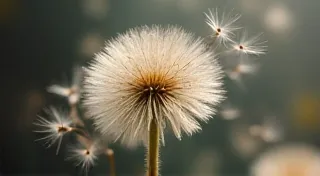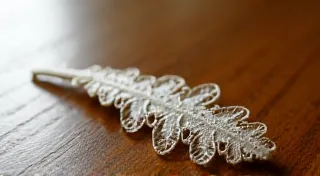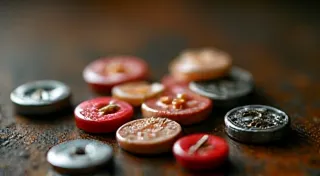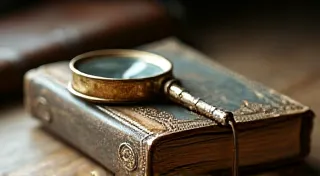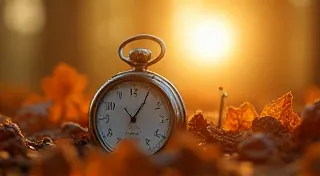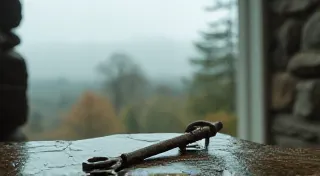A Tangible Grief: The Rituals Surrounding Victorian Hair Art Creation
The Victorians, known for their intricate mourning rituals, left behind a legacy as poignant as it is delicate: hair art. More than mere decoration, these meticulously crafted pieces – jewelry, frames, miniature portraits – were deeply personal memorials, tangible embodiments of grief and remembrance. To understand Victorian hair art is to step back into an era saturated with loss, where death was a constant companion and the outward expression of sorrow was a societal expectation. It wasn't simply a hobby; it was a profound act of devotion, steeped in ceremony and laden with emotional weight.
The prevalence of death in the Victorian era profoundly shaped its culture. High infant mortality rates, widespread disease, and frequent industrial accidents meant that loss was a recurring experience for many families. Sudden death, particularly, was devastating, and elaborate mourning practices developed as a way to process grief and honour the departed. While we might associate Victorian mourning with black clothing and veiled hats, hair art provided a more intimate and lasting form of remembrance.
The Gathering of Hair: A Sacred Process
The creation of a hair art piece began with the gathering of hair. This wasn’t a casual task; it was a ritual in itself, performed with solemnity and care. Hair was considered a uniquely personal and vital essence, inextricably linked to the individual’s spirit. Ideally, hair was taken shortly after death, sometimes even as part of the post-mortem care. This wasn't always possible, of course; hair might be obtained from a lock kept by the family, sometimes years or even decades after the death.
The amount of hair collected varied depending on the piece being created. A simple mourning brooch might require only a few strands, while a large framed piece depicting a family portrait could utilize considerable amounts – often from multiple family members. The hair was usually carefully wound into small paper bundles, often labelled with the deceased’s name and date of death. These bundles were treasured, often passed down through generations as precious relics.
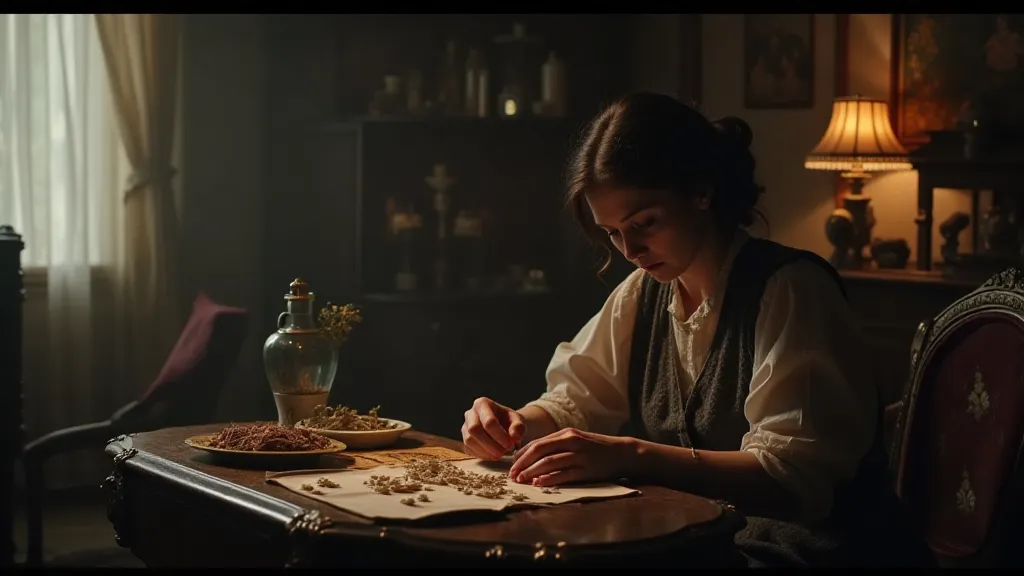
The Techniques: A Craft of Patience and Precision
Once the hair was gathered, the artistry began. Victorian hair art techniques were surprisingly diverse. Braiding was the most common method, used to create intricate patterns and designs. The hair was also woven, looped, knotted, and even curled to mimic other materials like embroidery thread or flowers. The strands were then attached to a backing of paper, fabric, or even ivory, forming the desired image or design.
The skill involved in creating these pieces was considerable. A single piece might take weeks or even months to complete, demanding a steady hand, an eye for detail, and immense patience. The finished product wasn’t merely a visual representation; it was a testament to the mourner’s devotion and the depth of their grief. Many hair artists were skilled amateurs, practicing the craft within their own homes. Professional hair workers existed too, especially as the technique became more popular, and these often advertised their skills in local newspapers.
Beyond the primary hair itself, other materials were often incorporated to enhance the artwork. Seed beads, jet (a type of black gemstone), tiny painted portraits on ivory, and even pressed flowers were common additions. These supplementary elements added layers of texture and detail, further personalizing the memorial.
Symbolism in Hair Art
The designs incorporated into Victorian hair art weren’t arbitrary. They were often laden with symbolism reflecting Victorian beliefs about death, mourning, and the afterlife. Roses, for instance, commonly represented eternal love and remembrance. Forget-me-nots, unsurprisingly, symbolized memory. Swallows, often depicted in flight, symbolized the soul departing for heaven. Wreaths and crosses were frequently used to signify mourning and eternal rest. The specific choices reflected the individual’s relationship with the deceased and their personal beliefs.
The colours used also held significance. Black, of course, dominated, reflecting the somber nature of mourning. White and cream were also frequently employed to symbolize purity and innocence, often associated with the deceased. Even the arrangement of the hair itself could convey a particular message, with certain patterns suggesting hope for reunion in the afterlife.
Restoration and Collecting: Preserving a Legacy
Today, Victorian hair art pieces are increasingly appreciated as both historical artifacts and works of art. Many pieces, however, have suffered the ravages of time, becoming damaged or fragmented. Restoring these delicate creations requires a specialized skill set and a deep respect for their history. Surface cleaning is often necessary, but drastic measures should be avoided. The original paper backing is extremely fragile, and re-gluing hair can be problematic.
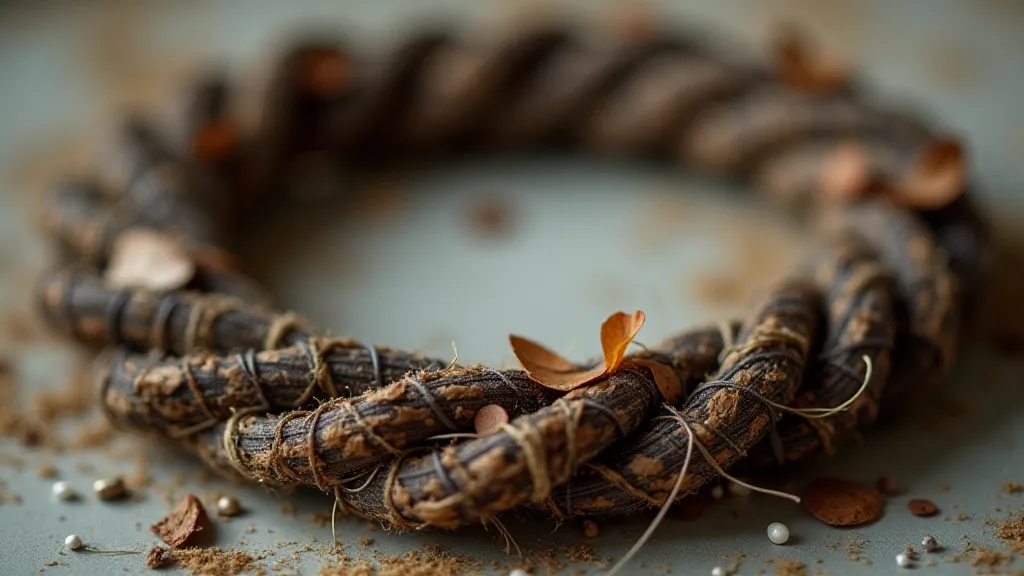
Collecting Victorian hair art can be a rewarding, though often challenging, pursuit. Prices vary greatly depending on the size, complexity, and condition of the piece. Large, intricately detailed pieces can command significant sums, while simpler pieces are often more affordable. When collecting, it's essential to research the artist or workshop if possible. Sometimes, these details can be gleaned from inscriptions on the back of the artwork itself.
The stories these pieces tell are far more valuable than any monetary worth, though. They offer a window into the hearts and minds of those who lived through a time of immense loss and profound grief. They are tangible expressions of love, devotion, and remembrance, offering a powerful reminder of the enduring human need to mourn and to remember.
A Continuing Tradition?
While the elaborate mourning rituals of the Victorian era have largely faded, the act of creating something beautiful and meaningful from a place of grief resonates even today. There’s a growing interest in crafting as a form of therapy and a way to connect with our emotions. Perhaps, in a subtle way, the spirit of Victorian hair art lives on, manifesting in contemporary craft practices that seek to transform loss into something lasting and beautiful.
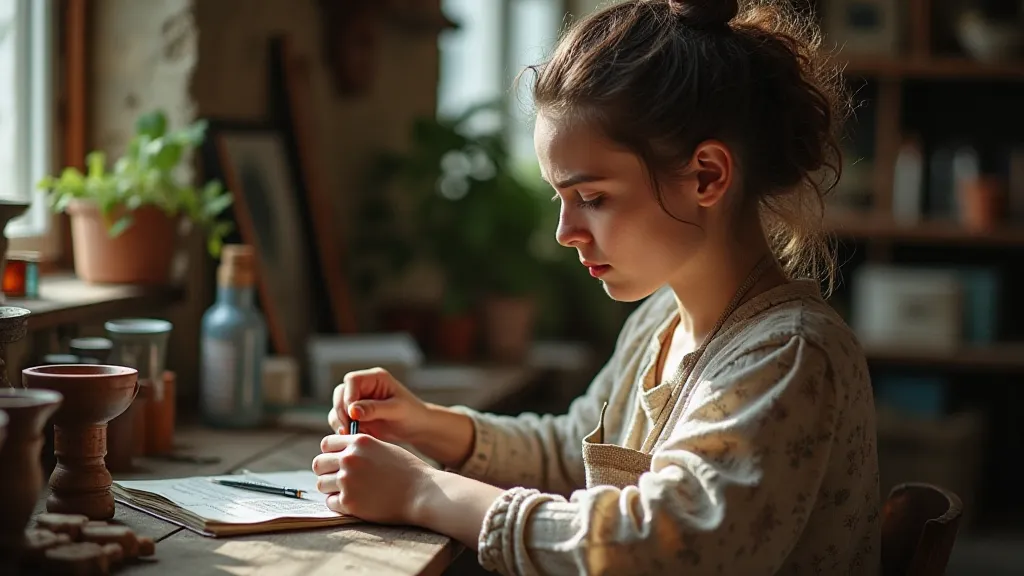
Victorian hair art serves as a powerful reminder of the enduring power of human connection and the enduring need to create something beautiful in the face of sorrow. It is a legacy of love, loss, and the unwavering human spirit.
